→
Female Micro-Entrepreneurs
Driving the digital and financial inclusion of women micro-entrepreneurs in low- and middle-income countries
About the project
In low- and middle-income countries (LMICs), women micro-entrepreneurs contribute substantially to household income and well-being, their communities and the national economy. Yet they face greater barriers than men when it comes to accessing opportunities and resources to start, manage and grow their business. Gendered social norms and structural inequalities exacerbate these and other barriers to women’s equal participation in the economy and society.
Mobile phones can be a source of economic and social empowerment for micro-entrepreneurs by providing access to information, services and resources that many would not be able to access easily otherwise, especially women. However, across LMICs, female micro-entrepreneurs are less likely than male micro-entrepreneurs to own and use mobile phones, including for accessing the internet and financial services.
To address this, the GSMA Connected Women programme launched an initiative to empower women micro-entrepreneurs through mobile phone products and services. This project includes developing and sharing research insights from 10 LMICs, and supporting mobile operators to identify, test and scale approaches to reaching women micro-entrepreneurs.
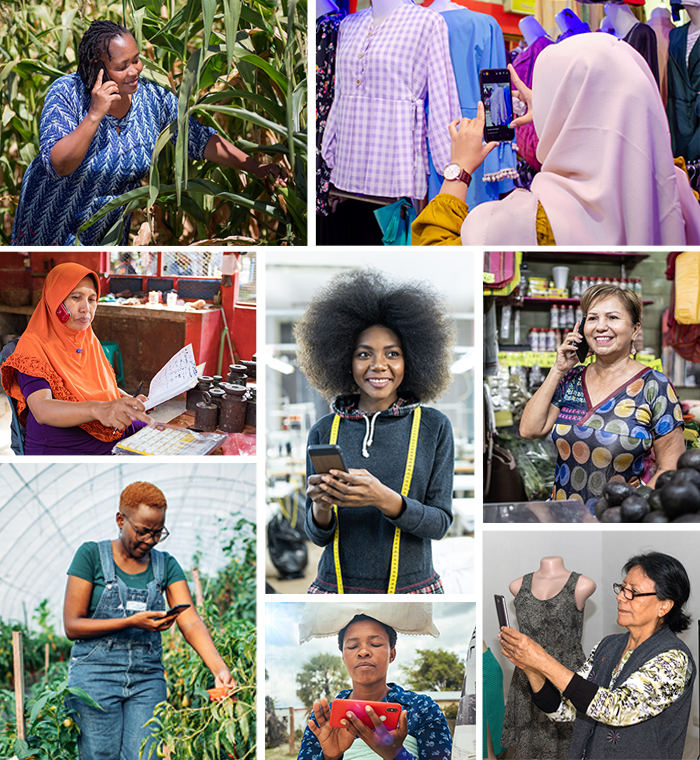
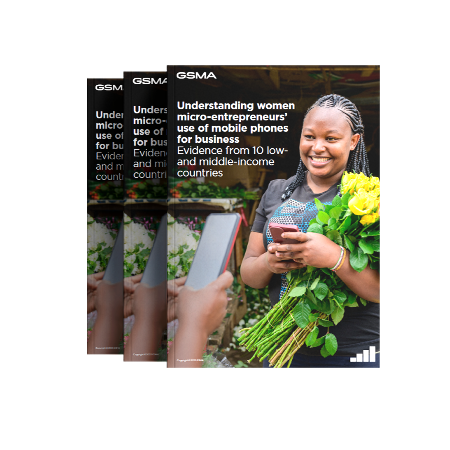
Understanding women micro-entrepreneurs’ use of mobile phones for business
This report provides new data and insights from 10 LMICs on the use of mobile phones by women micro-entrepreneurs and the challenges that prevent them from using mobile services for business. It highlights the mobile gender gaps and how barriers such as not having the right kind of handset, and low confidence or digital skills, as well as gendered social norms, tend to put women micro-entrepreneurs at a disadvantage, causing them to miss out on the benefits of mobile.
Download the full report
Download the summary
Download the highlights in French
Key findings
-
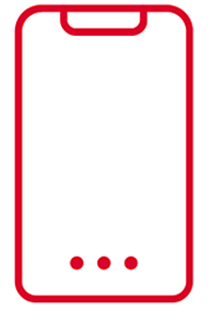 1
1Mobile use for business
Women micro-entrepreneurs are less likely than men to use a mobile phone for business, even when they use one in their personal lives.
And women who do, use it for fewer business activities than men.
-
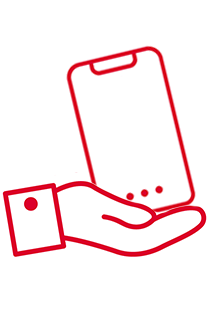 2
2Owning vs. borrowing
Most micro-entrepreneurs own a mobile, but in some countries a high proportion of women borrow one for business use.
India has the highest rate of phone borrowing: 25% of women compared to 19% of men.
-
 3
3Business drive
A micro-entrepreneur’s “business drive” is the most important factor in determining their use of mobile for business.
Women micro-entrepreneurs face more constraints to realising that drive.
-
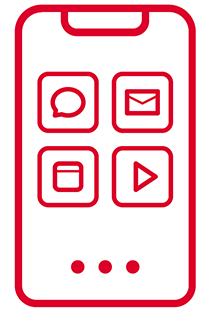 4
4Use cases
The five most common ways that micro-entrepreneurs use mobile for business include: Communicating with customers and suppliers, making/receiving payments, promoting their business, learning new skills or finding inspiration, and storing information and files.
-
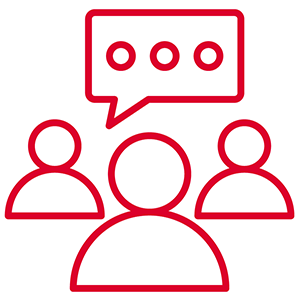 5
5Methods of communication
Micro-entrepreneurs, especially women, mostly use network calls to communicate with customers and suppliers. Instant messaging and videos calls are used significantly less.
-
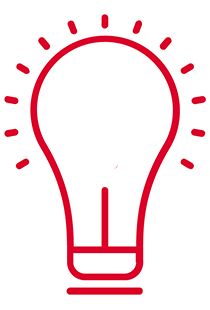 6
6Awareness
Awareness is an important barrier to adoption and use of mobile for business by micro-entrepreneurs.
Apart from communication, micro-entrepreneurs have low awareness of other ways mobile can support their business, especially women.
-
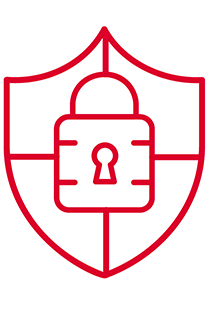 7
7Top barriers
The top barriers preventing micro-entrepreneurs who own a mobile phone from using it for business are: Not having the right kind of phone, a preference for cash transactions, a lack of confidence and digital skills, and safety and security concerns.
-
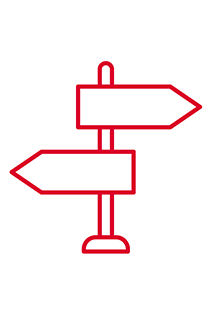 8
8Social norms
Mobile has the potential to help women micro-entrepreneurs circumvent some of the social norms that constrain them. E.g. Mobile phones can enable them to contact customers and pay suppliers remotely, which helps them balance household responsibilities and business needs without revealing their gender, location or identity.
-
 9
9The value of mobile for business
Most micro-entrepreneurs who use a mobile phone for business report that they could either not run their business without one or would find it more difficult to do so, although women are less likely than men to report this.
More resources
-
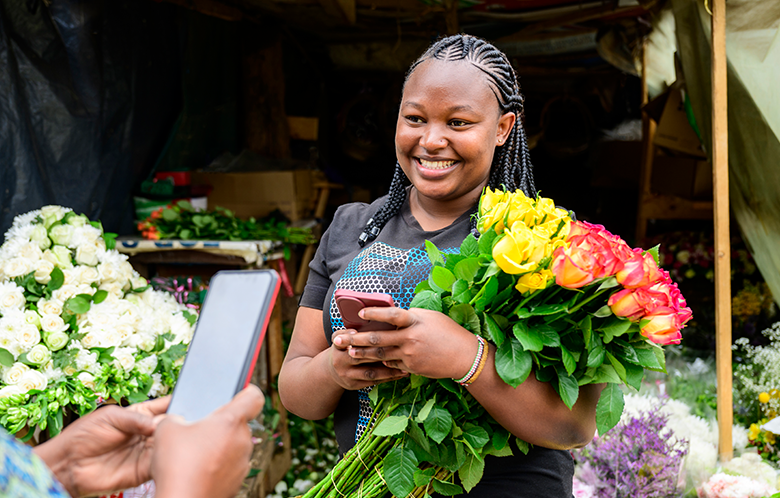 Report
ReportExecutive summary
For a snapshot of the full report, ‘Understanding women micro-entrepreneurs’ use of mobile phones for business’, download this executive summary and access the research’s key findings and data.
-
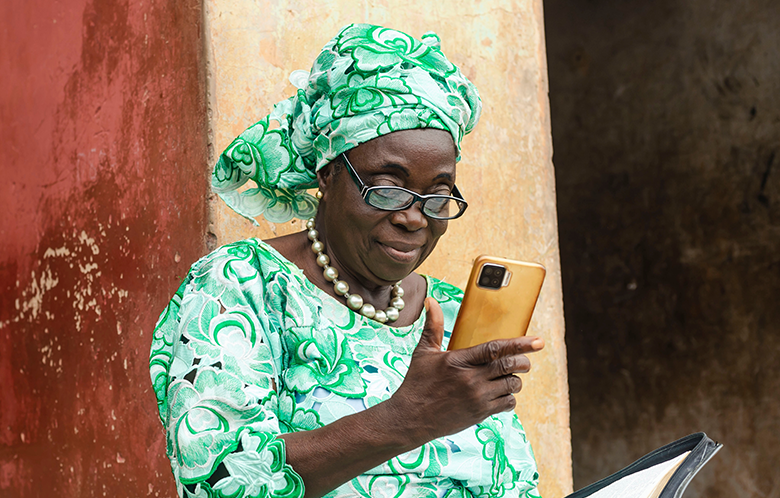 Data
DataSupplementary data book
This data book shows further data tables referenced in the main report. As such, for a full overview readers should consult this data book in conjunction with the main report findings, figures and appendices.
-
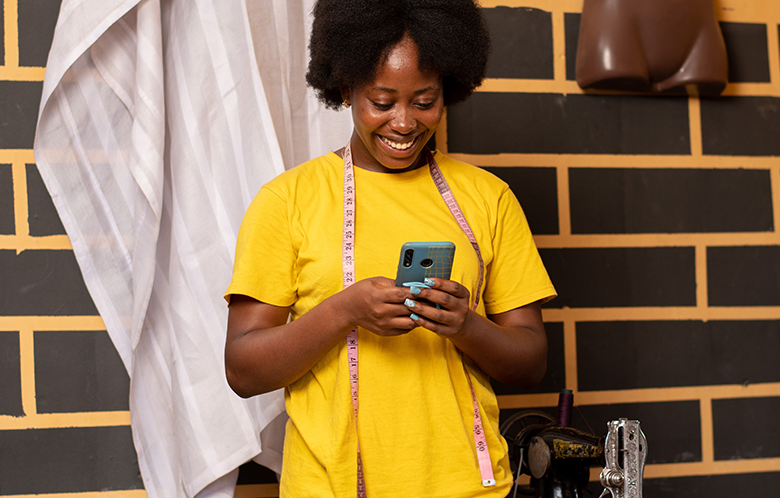 Report
ReportEmpowering women micro-entrepreneurs through mobile
This landscaping report, based on an extensive literature review and expert interviews, illustrates how women micro-entrepreneurs in LMICs are currently using mobile phones for their businesses.
-
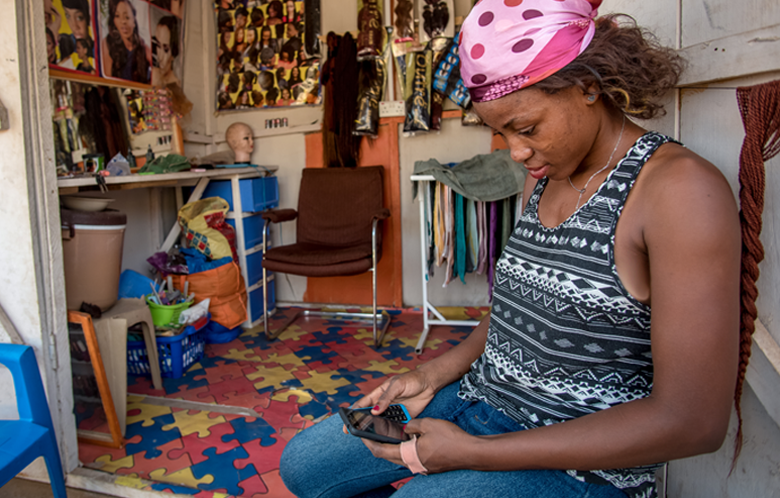 Blog
BlogGSMA Connected Women’s new project
Currently only 38% of global MSMEs are female-owned. Our new 3-year project aims to accelerate digital and financial inclusion for female micro-entrepreneurs in LMICs.
Watch the webinar
Missed our webinar? Watch the recording to learn about the key findings from our research, presented by Isabelle Carboni and Alida Taghiyeva, lead authors of the report. You’ll also hear from Greta Bull, Director of Women’s Economic Empowerment at the Bill & Melinda Gates Foundation, and Haaris Mahmood Chaudhary, Chief Operating Officer of Mobilink Microfinance Bank, on what we can do to drive the digital and financial inclusion of women micro-entrepreneurs.
Watch recordingLife stories
-
 Ghana
GhanaSheila
Sheila runs a juice business in Accra, Ghana. She uses uses Instagram, Snapchat and WhatsApp to take orders, and takes photos and videos of her products in order to promote them on social media.
-
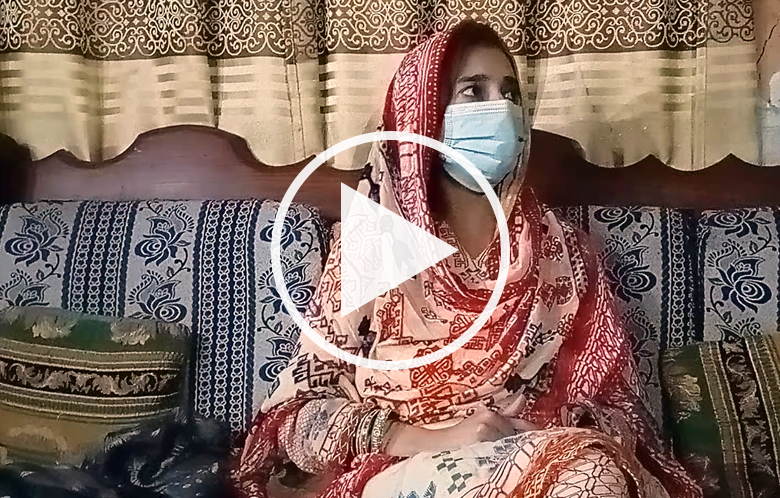 Pakistan
PakistanAsma
Asma is a seamstress living in Lahore, Pakistan. She doesn’t own a mobile phone and relies on her husband’s to be able to take photos of her work and communicate with her customers via WhatsApp.
-
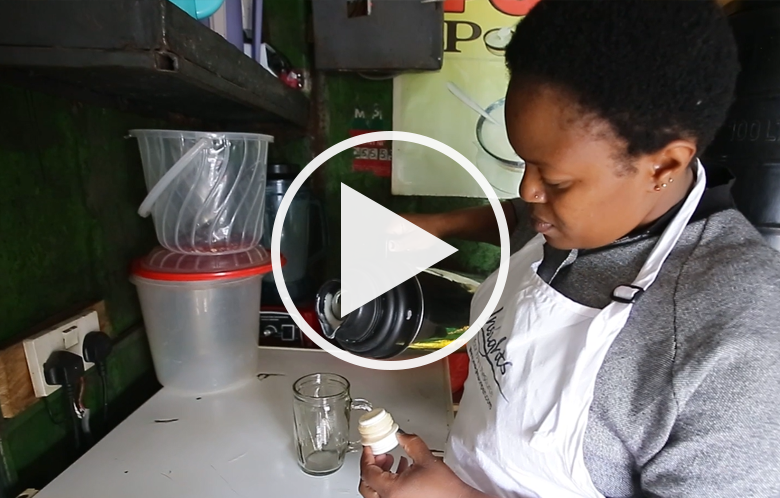 Kenya
KenyaElizabeth
Elizabeth is from Buruburu, Kenya and she owns and runs a food stall in the market. She uses her mobile phone to take orders and payments from customers and to promote her products via Facebook.
-
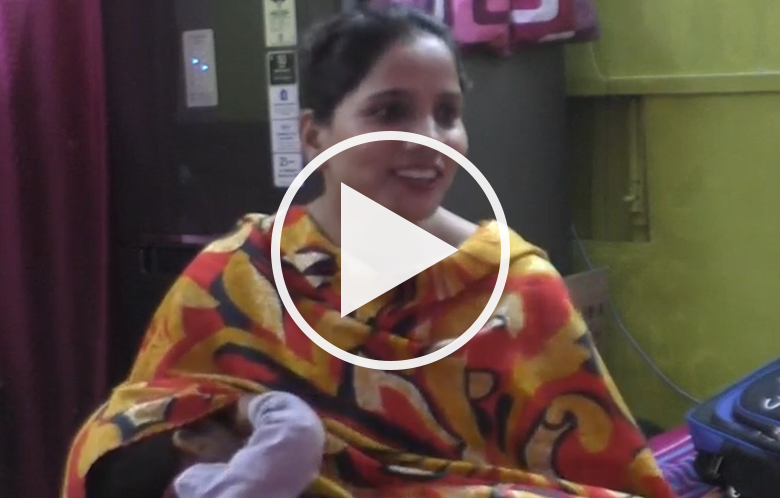 India
IndiaFauzia
Fauzia runs a salon in Lucknow, India. She uses GPay and Paytm to take payment from clients, teaches herself new skills using YouTube, and also uses the internet to research her competitors.
-
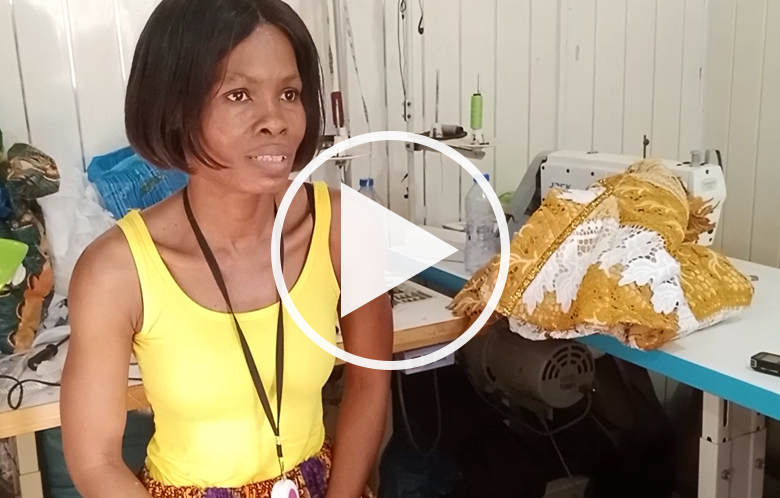 Ghana
GhanaArabelle
Arabelle from Haatso, Ghana designs and makes clothes. She uses her mobile phone to post her designs on Instagram, Pinterest and TikTok, and she uses WhatsApp to communicate with her customers.
-
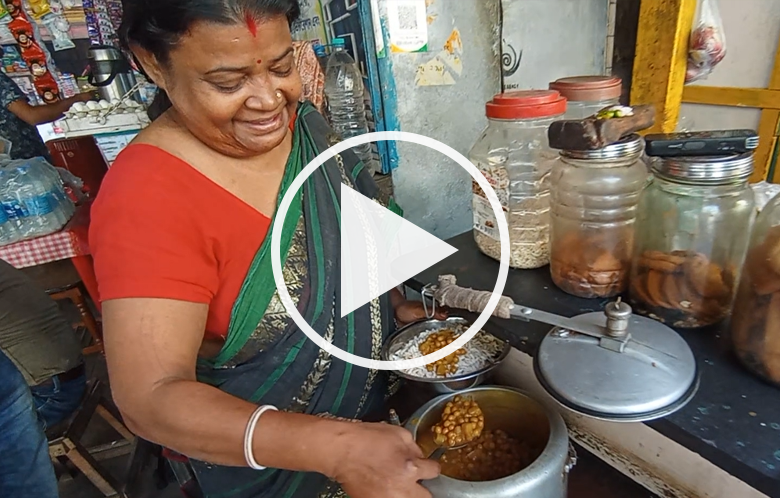 India
IndiaMamota
Mamota owns and runs a food and chai stall in Kolkata, India. She uses her mobile phone to speak to her customers when she’s not at her shop.
-
 Ghana
GhanaPatience
Patience runs a hair weave business in Ghana. She orders materials online and pays using mobile money. She also advertises her hair weaves on Facebook and her customers pay her through mobile money.
-
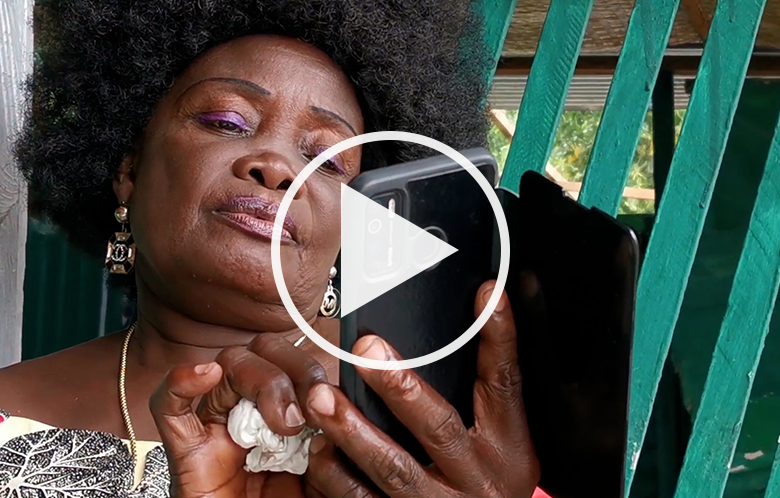 DRC
DRCValentine
Valentine creates and sells dolls, wooden statues and raffia bags with raw materials she buys using mobile money. She promotes her products using mobile internet and collects payments through mobile money.
-
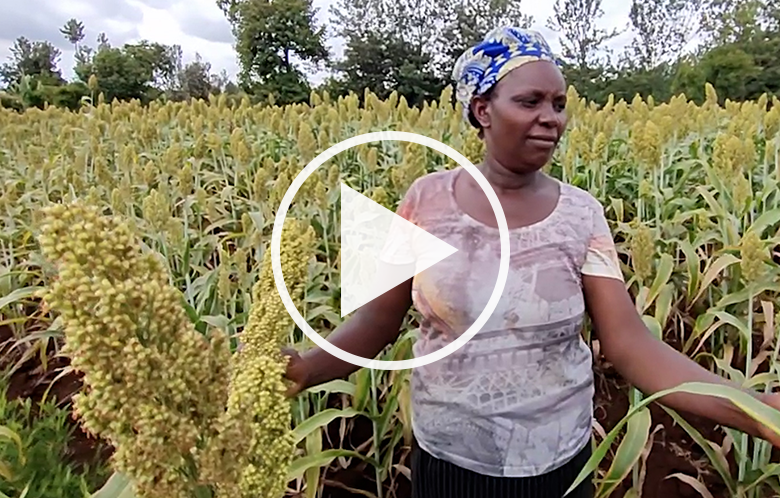 Kenya
KenyaFlorence
Florence, a farmer in Kenya, uses WhatsApp to promote and take orders for her sukuma wiki crop and uses mobile internet to learn about weather patterns and to order pesticides for her crops.
-
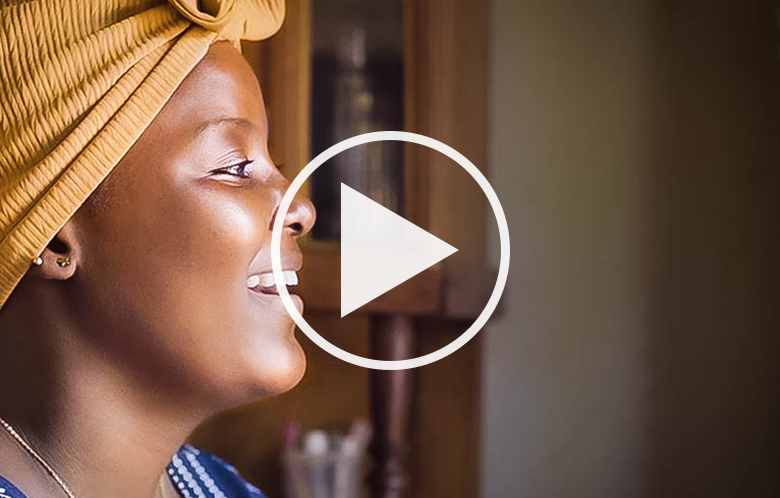 Uganda
UgandaNache
Nache owns and runs a juice business in Uganda. Mobile money allowed her to set up and expand her business, enabling her to financially support her parents and siblings.
-
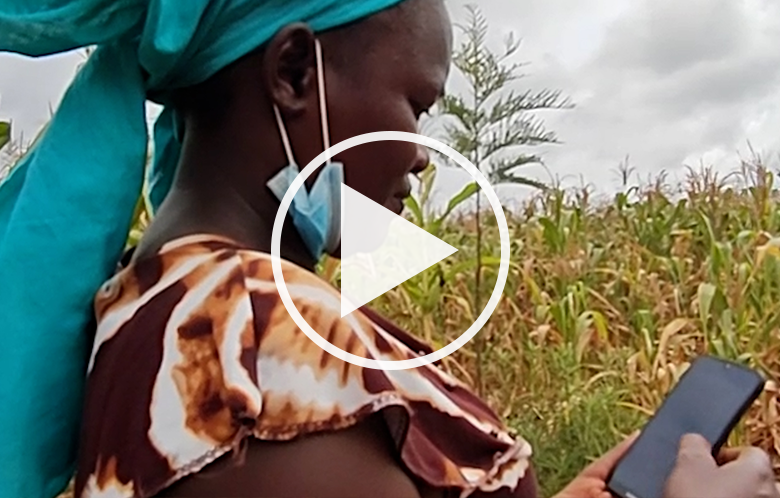 Kenya
KenyaFridah
Fridah is a farmer in Kenya. She uses a weather app to tell her when she should leave her maize and sorghum out to dry and also finds great value in supportive online groups like vet services.
-
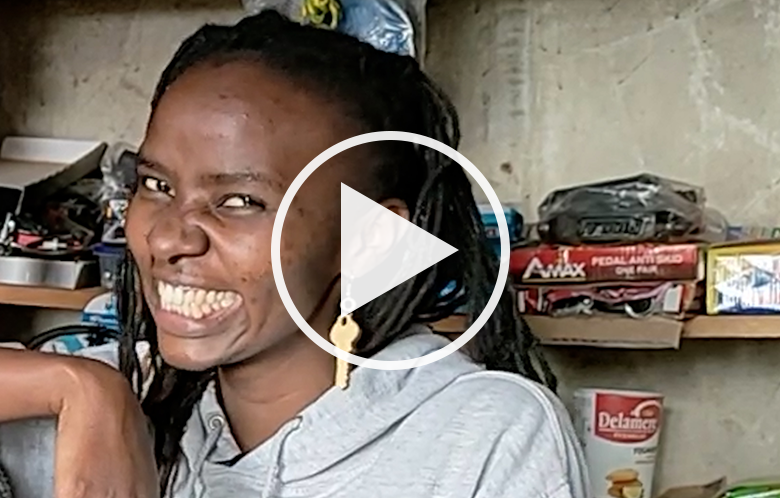 Kenya
KenyaAletcenter
Aletcenter was able to keep her bicycle business running through the COVID-19 pandemic by using Facebook, Instagram and Snapchat to list and sell her products to customers.
-
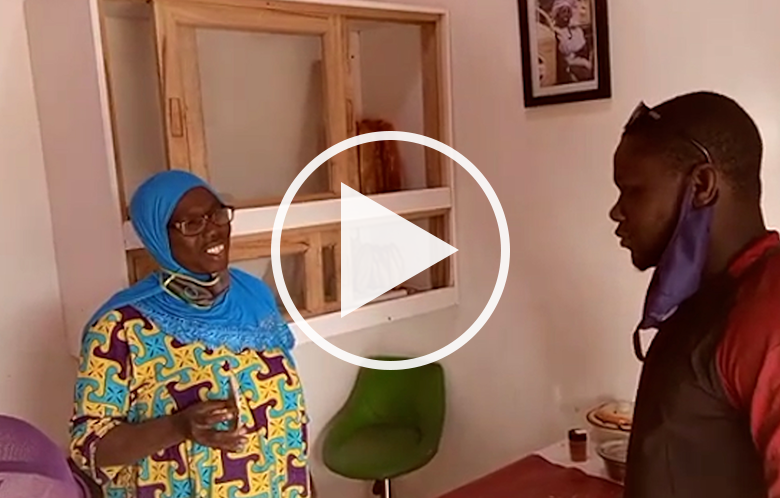 Senegal
SenegalKhady
Khady runs a food processing business in Senegal. She has been able to expand her business thanks to mobile money which she uses to buy raw materials and sell finished products.
-
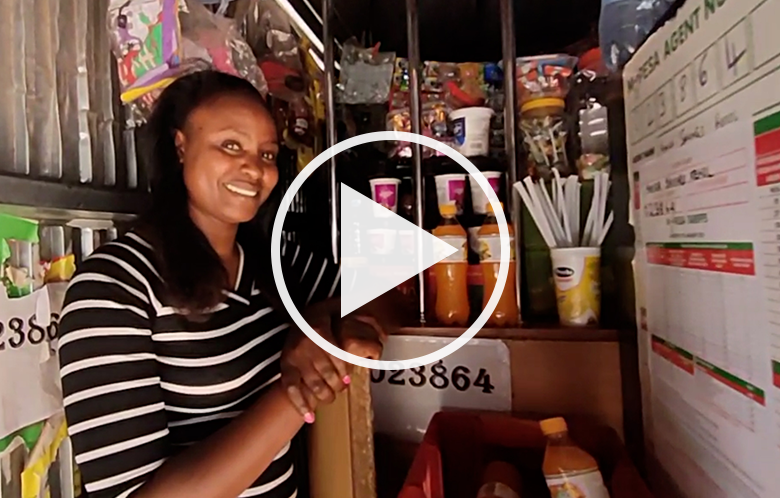 Kenya
KenyaMercy
Mercy uses apps to find inspiration for new recipes for her catering business, and she relies on WhatsApp for communication with her customers and suppliers.
-
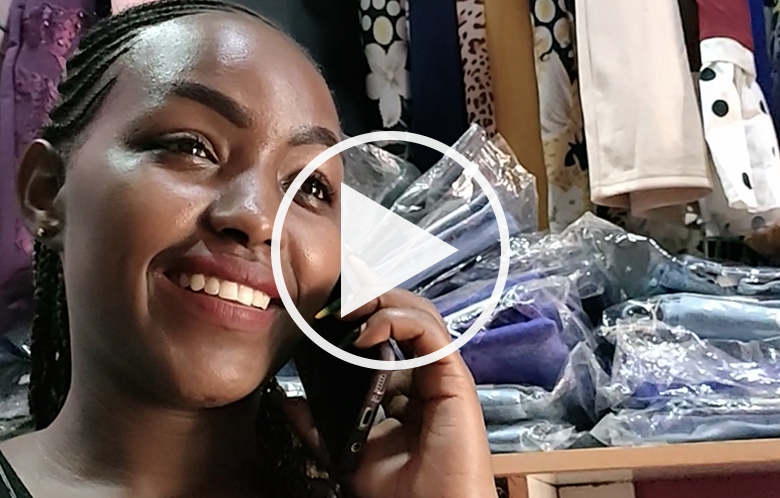 Kenya
KenyaGladys
Gladys runs several small businesses in Kenya, including a clothing boutique where she employs three people. She uses mobile internet to promote her products on Facebook and Whatsapp.
-
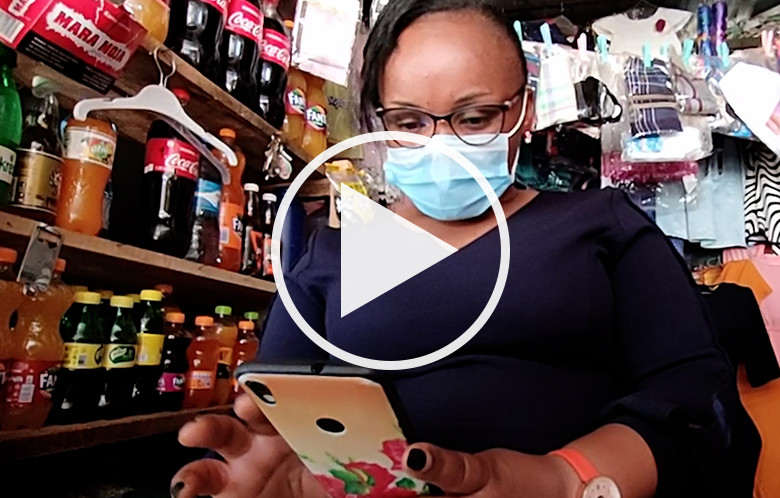 Kenya
KenyaSusan
Susan owns a clothing boutique in Kenya and has discovered the value of mobile internet in enabling her to promote and sell her products via Facebook and WhatsApp.
-
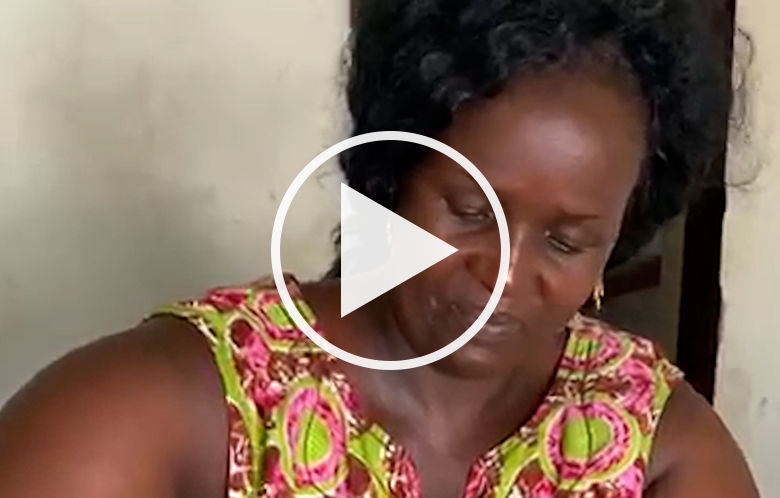 Tanzania
TanzaniaJustina
Before COVID-19, Justina travelled long distances to sell her products. Although orders dropped because of the COVID-19 pandemic, she was able to continue to sell and receive money quickly using mobile money.
-
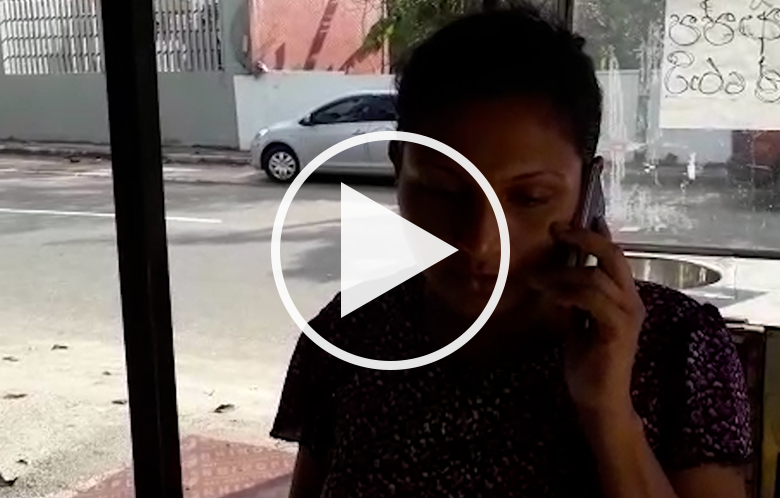 Sri Lanka
Sri LankaRuwangika
Ruwangika makes and sells hoppers and rotis and dreams of starting a food delivery business. During the COVID-19 pandemic she was able to continue selling her products by taking orders via WhatsApp.
-
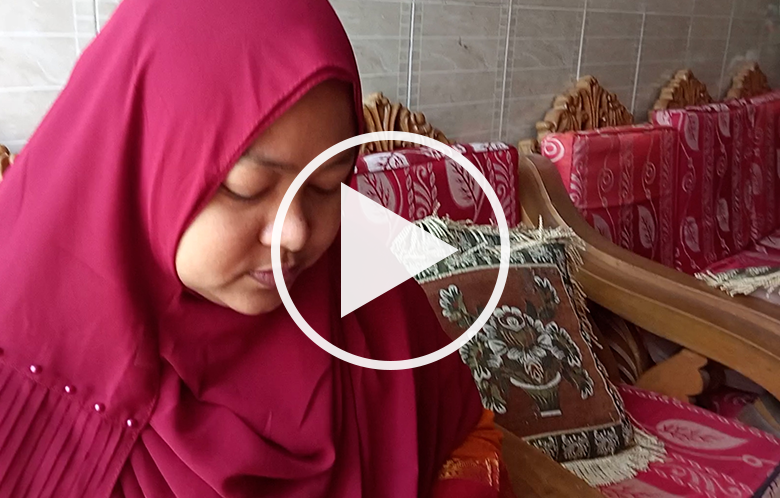 Bangladesh
BangladeshTonema
Tonema runs a clothing business in Bangladesh. She uses mobile internet to buy fabric and materials to create her products.
Get in touch
Is your organisation working to drive the digital or financial inclusion of women micro-entrepreneurs in low- and middle-income countries?
If you’re interested in working with us or finding out more about our research, we’d love to hear from you.
Get in touch
This research and work have been funded by the Bill & Melinda Gates Foundation, and in part by the UK Foreign, Commonwealth and Development Office (FCDO), and the Swedish International Development Cooperation Agency (SIDA).

